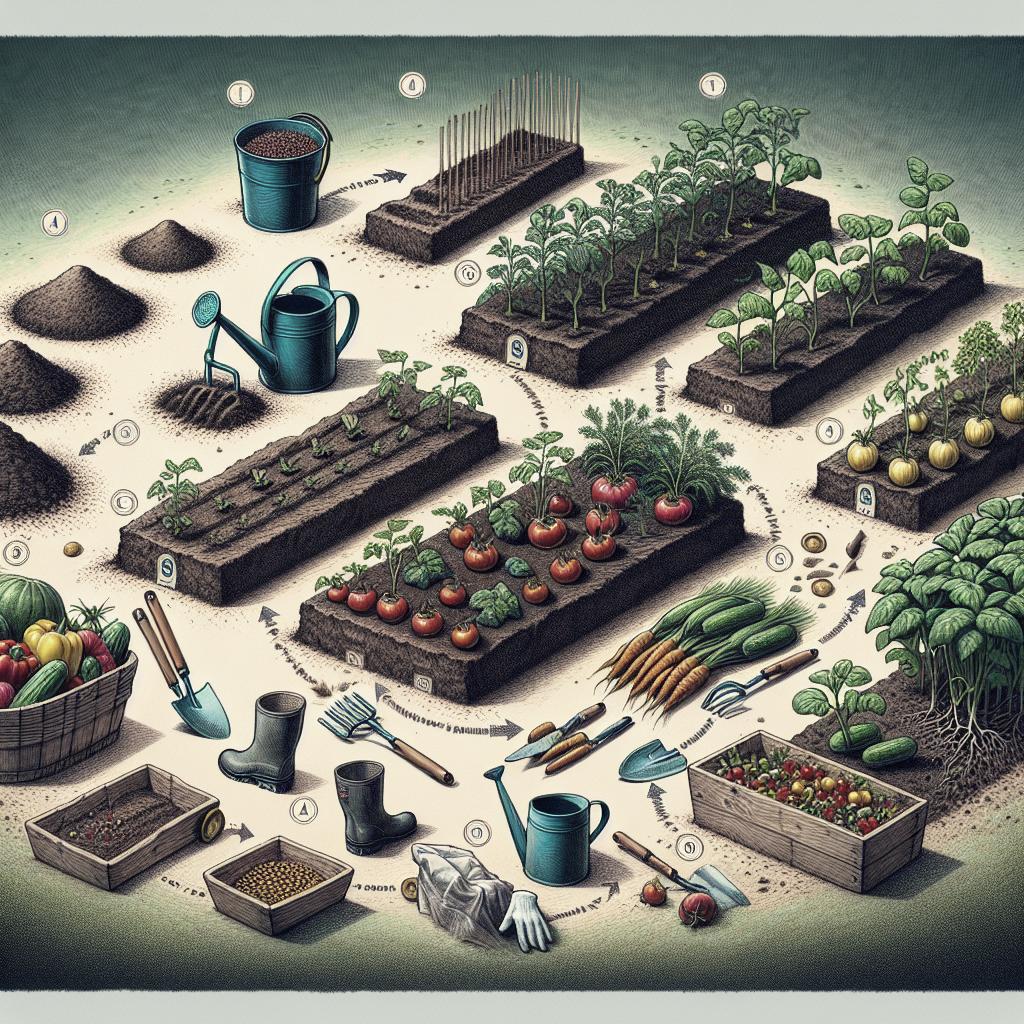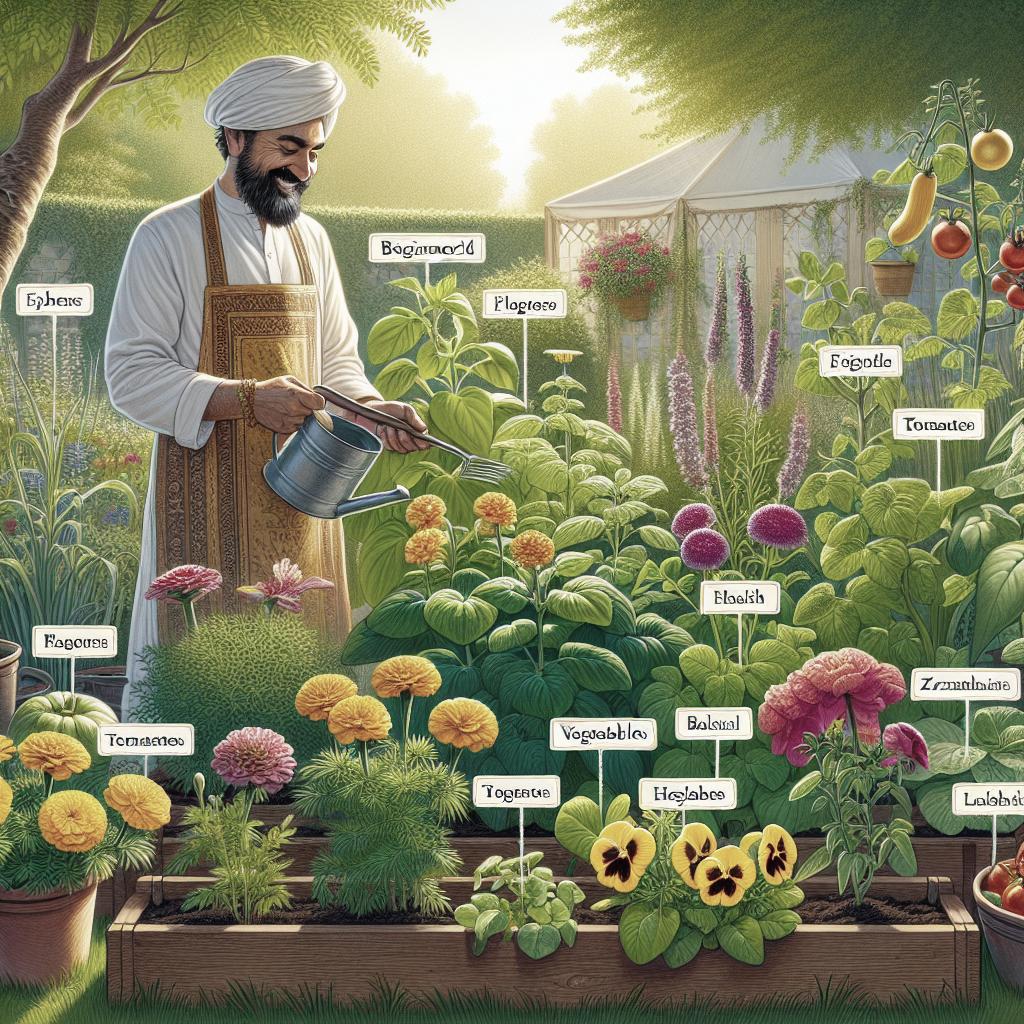“`html
How to Grow Berries in Your Backyard
Growing berries in your backyard is not only a rewarding endeavor that offers delicious, healthy fruits but also a great way to beautify your garden. This guide will walk you through designing your berry garden, purchasing the best berry plants, planting instructions, and maintenance tips. With patience, dedication, and the right knowledge, you can transform your backyard into a thriving berry haven. Embrace nature’s bounty and enjoy fresh berries right from your garden!
Berry Garden Design
Designing a berry garden involves selecting the right location, understanding sunlight exposure, and planning your layout according to berry variety characteristics. Most berries require full sun for optimum growth and fruit production, which means at least six hours of direct sunlight a day. Be sure to evaluate your garden space for areas with good drainage to avoid water-logged roots.
Consider the aesthetics and practical organization of your garden. Train berry bushes along trellises or incorporate them into existing landscaping, ensuring easy access for harvesting. Research companion planting to optimize berry growth and deter pests without chemicals. Thoughtful design will enhance productivity and ease of maintenance.
PURCHASING BERRY PLANTS
Purchasing healthy, well-suited berry plants is crucial for successful cultivation. Start with reputable nurseries or garden centers specializing in berry varieties. Assess the climate compatibility of each berry type, as some thrive in specific conditions, such as strawberries preferring cool climates or blueberries requiring acidic soil.
Seek berry plants with disease resistance to minimize maintenance and loss. Opt for certified disease-free stock and consider organic options if available. By prioritizing quality from the outset, you set the foundation for a robust and fruitful berry garden.
PLANTING YOUR BERRY GARDEN
After selecting your plants, prepare the soil by incorporating organic matter like compost or aged manure to enhance fertility. Test the soil’s pH for berry-specific requirements – for instance, blueberries love acidic soil whereas blackberries prefer neutral to slightly acidic.
Space your berry plants according to their mature size to avoid competition for nutrients and sunlight. For example, spacing between blueberry bushes should be about 4 to 5 feet. After planting, mulch the base with straw or bark to preserve moisture and suppress weeds. Water thoroughly to settle the roots, especially in the first growing season.
MAINTENANCE
Maintaining your berry garden involves regular pruning, fertilizing, and monitoring for pests. Pruning encourages healthy growth and increases fruit yield. Each berry variety has specific pruning techniques—Raspberry canes, for instance, can be trimmed back in early spring to strengthen development.
Fertilize during the growing season with balanced or berry-specific fertilizers, ensuring not to overdo it, as excessive nourishment can harm fruit production. Watch for common pests and diseases like aphids or gray mold, and employ organic or manual control methods to manage these challenges effectively.
Related
How to Pot Up Succulents
Growing Goji Berries: How to Grow Goji…
Best Perennial Herbs For A Fall Harvest
Gardener’s Book Review: The Beautiful Edible Garden
How to Plant a Beautiful Succulent Kokedama…
How to Create an Amazing Homestead Garden
25 Epic Insider Resources to Grow your…
Simple DIY Galvanized Wall Planter
Tips and Tricks for Starting Seeds Indoors
Top 5 Garden Care Tips to Create…
Leave a Comment
Cancel Reply.
Lessons Learned
| Section | Key Points |
|---|---|
| Berry Garden Design | Consider sunlight, drainage, aesthetics, and companion planting. |
| PURCHASING BERRY PLANTS | Buy from reputable sources, ensure climate compatibility, select disease-resistant varieties. |
| PLANTING YOUR BERRY GARDEN | Amend soil with organic matter, check soil pH, space plants adequately. |
| MAINTENANCE | Prune regularly, fertilize appropriately, monitor pests and diseases. |
“`


